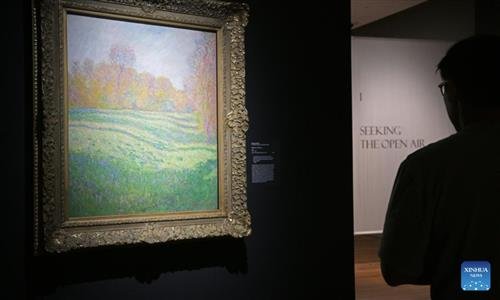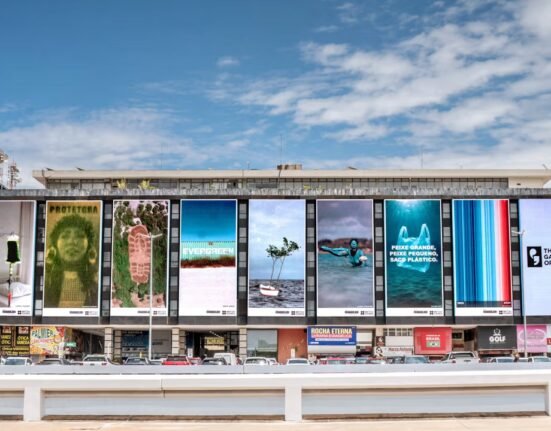
Since its creation in 1935, Monopoly players have recognized Avenue Matignon as prize property. While it may be less popular than the Rue de la Paix and its jewelers and less flashy than the touristy Champs-Elysées, it remains unshakably profitable. The major auction houses understood this before anyone else, preferring their beloved 8th arrondissement over the Drouot district.
In the last six years, the site has seen a proliferation of galleries, and on October 14, an association of some 30 galleries launched their first evening event with music and arty food trucks. “It was obvious I should set up here,” said Raphaël Durazzo, who, after gaining experience in finance, turned to the modern art business and opened his gallery in the former space of fashion designer Pierre Cardin on Rue du Cirque. Hélène Bailly, a second-generation art dealer on the Left Bank, did the same thing. In 2017, after eight years on Rue de Seine, the young gallerist relocated opposite the Hôtel Bristol. “I have twice as many customers here as I did on Rue de Seine,” she said candidly.
Close to the board tables of corporate lawyers and bankers, Larry Gagosian led the way and was followed by White Cube, another giant that receives its clientele on the upper floor of a characteristically bourgeois apartment.
Here, you’ll find high-priced hits and star pieces displayed on white walls with solid oak parquet flooring and thick beige, grey or ecru carpeting. But there’s more: This month, two new Marais galleries, Continua and Edward Mitterrand, have expanded, following the lead of Nathalie Obadia, who in 2021, added a chic new address on Rue du Faubourg-Saint-Honoré to her large space in the Beaubourg district.
A westward rush
What is the reason behind the westward rush that was confirmed in 2023, when the Hauser & Wirth gallery opened near Avenue Montaigne? “We’ve been unable to move around freely since Rue de Rivoli was closed to cars,” said Raphaëlla Riboud-Seydoux, the co-owner of Galerie Italienne, which is moving to Rue du Faubourg-Saint-Honoré at the end of the year. The gallery had initially set its sights on Rue du Louvre, near François Pinault’s Bourse de Commerce. “Our clients don’t take bicycles or scooters,” she said. The prospect of an hour’s traffic jam, even when seated in the back of a sedan, discourages those in a rush or less motivated, leading them to skip the least pressing appointment – usually with a gallery owner.
Every decade, as urban planning changes and new real estate opportunities arise, the Parisian art world shifts its base. The relocation of the Fondation Cartier opposite the Louvre in 2025 is expected to shake thins up in the capital’s center. “Never in my life would I have thought I would be launching a movement,” said Alexandre Devals, who in 2022, set up in a charming little 15-square-meter space in the Palais-Royal gardens. “It’s great! We’re in the heart of art history, between the Louvre, the Institut national d’histoire de l’art and the BNF.”
You have 64% of this article left to read. The rest is for subscribers only.







